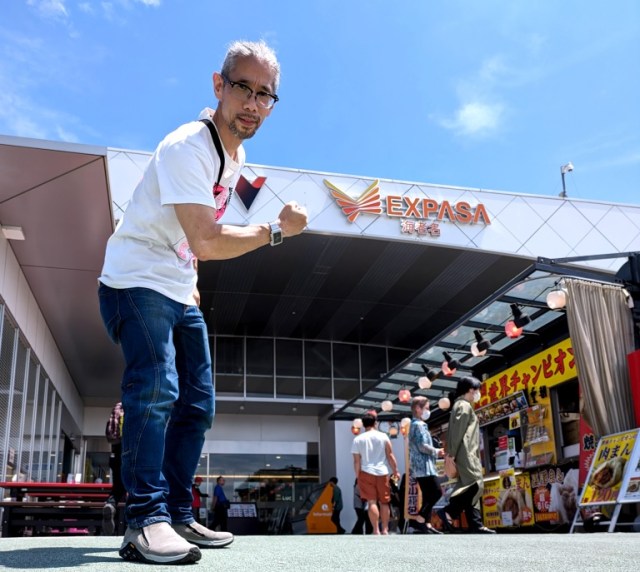
Your stomach will thank you for the legwork.
Japanese highway rest stops are awesome. Clean and convenient, they give motorists a place to stop and stretch their legs, use the bathroom, and gas up their cars. Oh, and this being Japan, rest stops, or “service areas,” sometimes have amazing local foods to munch on too.
As you can probably imagine, that last feature can cause a bit of a dilemma. You don’t need your own car to want to eat tasty food, but you do need your own car to get to a highway rest stop, right?
Nope! At least not in the case of east Japan’s most famous highway rest stop, the Ebina Service Area in Kanagawa Prefecture, southwest of downtown Tokyo, as we recently found out you can walk to it from a nearby bus stop.
Our ace (but car-less) reporter Mr. Sato figured out the route the other day when a craving for some of Ebina’s fabled foods kicked in. The first thing you’ll need to do is make your way, by train, to Ebina Station by either the JR Sagami Line, Odakyu Odawara Line, or Sotetsu Main Line.
▼ Ebina Station is a little under an hour away from downtown Tokyo by train.
Once you get to Ebina Station, you’ll need to catch a Sotetsu Bus and ride it to the Kokubunjidai-Daikyu stop. The Route 11, 12, and 22 buses all stop at Kokubunjidai-Daikyu, and from Ebina Station they all depart from Stop #3, located just to the east of the station building.
▼ Ebina Station shown in orange. Timetables can be found online (Routes 11 and 12 here, 22 here), with generally two to four buses per hour between 6 a.m. and 10 p.m.
From Ebina Station, it’s a roughly 10-minute, 260-yen (US$1.70) bus ride to the Kokubunjidai-Daikyu stop.
▼ The bus ride from Ebina Station to Kokubunjidai-Daikyu
Getting off the bus, you might wonder if you’re in the right spot, since not only can you not see the service area, you can’t even see the expressway.
But don’t worry – this really is the closest bus stop to Ebina Service Area, and you’re not that far away. From Kokubunjidai-Daikyu, it’s a 950-meter (0.6-mile) walk, which should take you about 13 minutes if you walk at an average pace.
▼ The walking route from Kokubunjidai-Daikyu to Ebina Service Area
You’ll know you’re getting close when you spot this sound-blocking wall to keep out the noise of cars on the expressway on the other side…
…and when you eventually see this walkway…
…just follow the arrow pointing to the “entrance” (入口)…
…and there you are, inside the southbound Ebina Service Area!
Mr. Sato felt a special sense of accomplishment and excitement, knowing that he was one of the few people, or maybe the only person, who’d walked here.
▼ Who needs a car when you’ve got a Mr. Sato-sized sense of adventure?
But what he also felt was a massive hunger, one which he was ready to start satisfying at east Japan’s best highway rest stop for foodies.
Looking over the directory, Mr. Sato was drawn to Aji no Karaage (鯵の唐揚げ).
Usually when someone says “karaage” in Japan they’re talking about Japanese-style fried chicken. True to its name, though, Aji no Karaage serves aji (horse mackerel) cooked karaage-style.
Aji no Karaage has won multiple awards at food festivals for their unique karaage concept, and so Mr. Sato couldn’t go home without trying a piece of the shio (salty) aji karaage for 300 yen. The mixture of familiar flavoring but with a different base ingredient was at once comforting and stimulating, and Mr. Sato’s only complaint is that he thinks it would have been even better paired with a bowl of white rice.
Next, Mr. Sato sauntered over to Usui Farm’s spot in the food court.
Usui Farm offers a variety of dishes made with Atsugi pork, raised locally in Kanagawa Prefecture. After weighing his options, Mr. Sato decided on the grilled pork bowl (1,350 yen).
Beef bowls, like the kind served at Yoshinoya, tend to get a lot of the meaty rice bowl spotlight in Japan, but if you like your meat and rice, you owe it to yourself to try a pork bowl, or butadon as they’re called in Japanese. Usui Farm uses apples in their marinade, giving the Atsugi pork’s delicious succulence a gentle sweetness.
Mr. Sato wasn’t worrying about the calories either, since he’d gotten in a good number of steps walking to the service area, and would be doubling that on his way home later.
How not worried was he? So not worried that once he was done with his pork bowl, without hesitation he started looking for dessert.
More than anything else, Ebina Service Area is famous for its melon bread, so much so that its gift shop is filled with all sorts of key chains, bag straps, socks, and other souvenirs featuring beloved characters like Hello Kitty posing with the baked good.
Ordinarily, getting melon bread at Ebina Service Area is a no-brainer. On this day, though, Mr. Sato’s heart strayed to another sweet temptation. Confectionary brand Tokyo Banana occasionally teams up with the rest stop for exclusive offerings, and now they have a Tokyo Banana soft serve ice cream, which is only available at the southbound Ebina Service Area!
You can choose between banana, banana/melon mix, or banana with chocolate sauce. Mr. Sato picked the third option, and it was 490 yen well spent.
Having now reached his stomach’s capacity, Mr. Sato unfortunately had no room to scarf down any melon bread. But hey, now that he knows he can get to Ebina Service Area without a car, he can head back whenever he wants to get his Ebina melon bread fix.
Related: Ebina Service Area
Top image ©SoraNews24
Ebina Station photo: Wikipedia/Nesnad
Ebina Station bus stop map: Sotetsu
All other photos ©SoraNews24
● Want to hear about SoraNews24’s latest articles as soon as they’re published? Follow us on Facebook and Twitter!

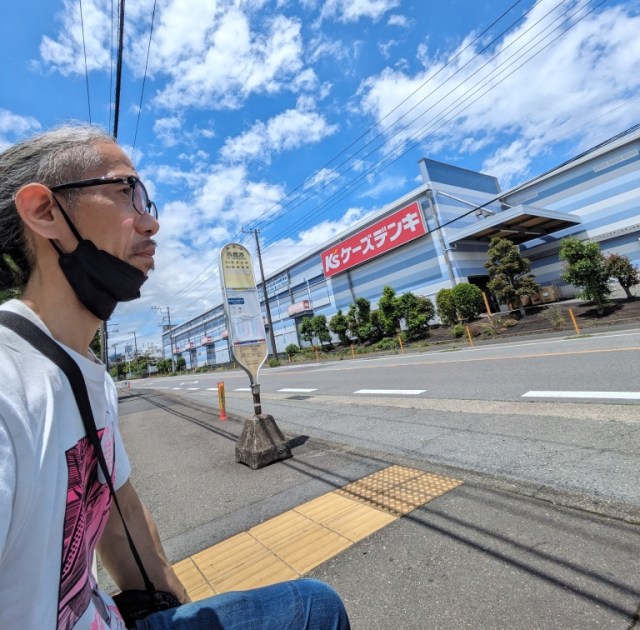
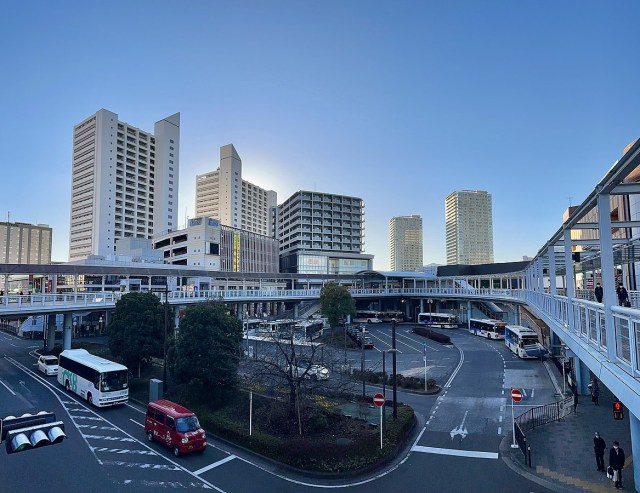
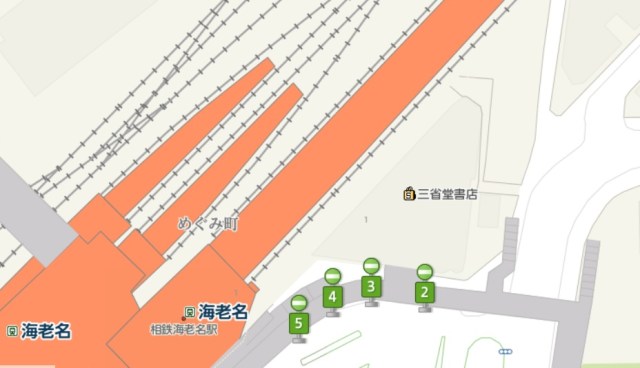
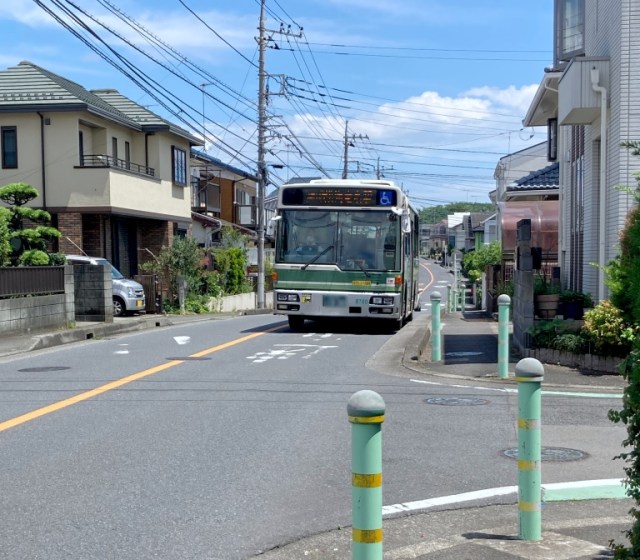
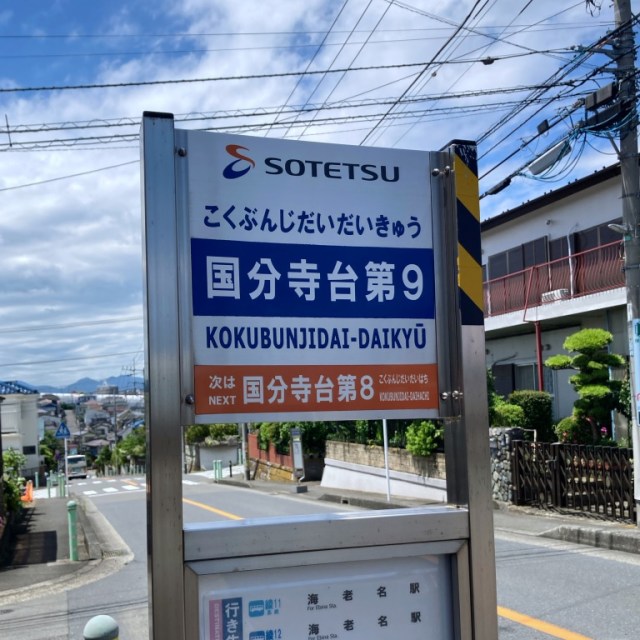
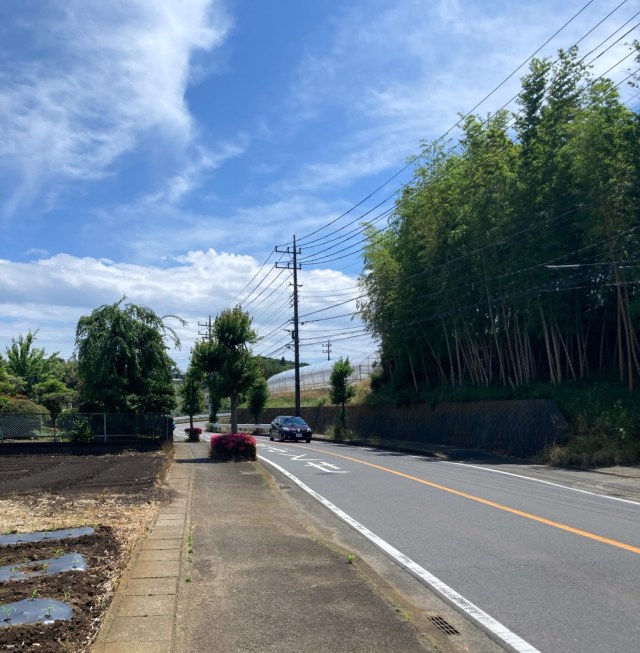
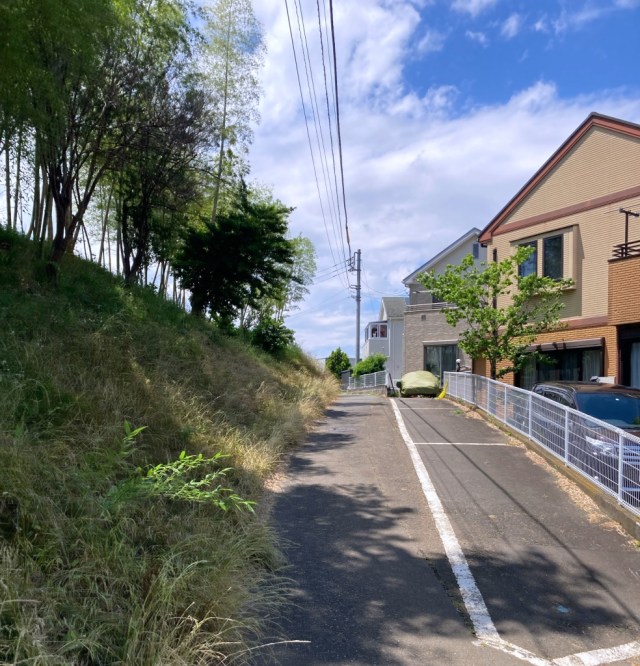
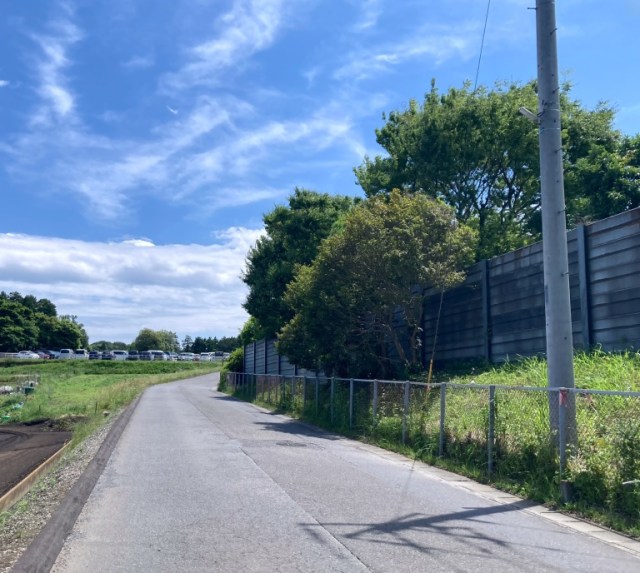
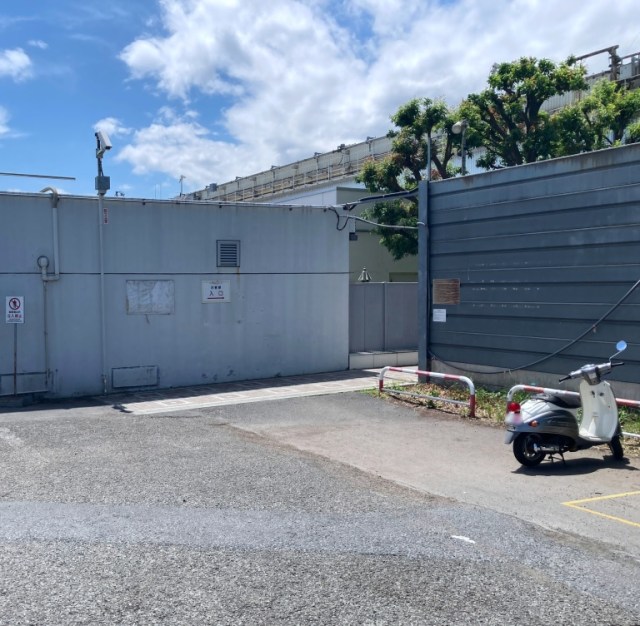
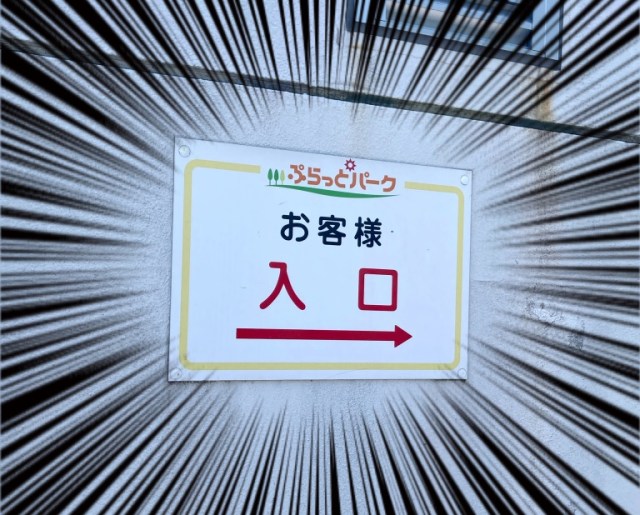
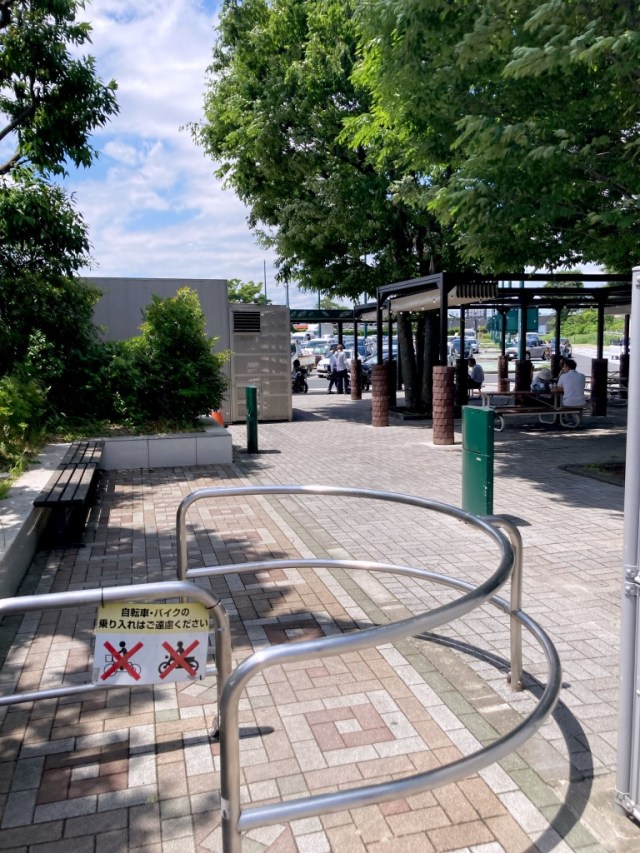
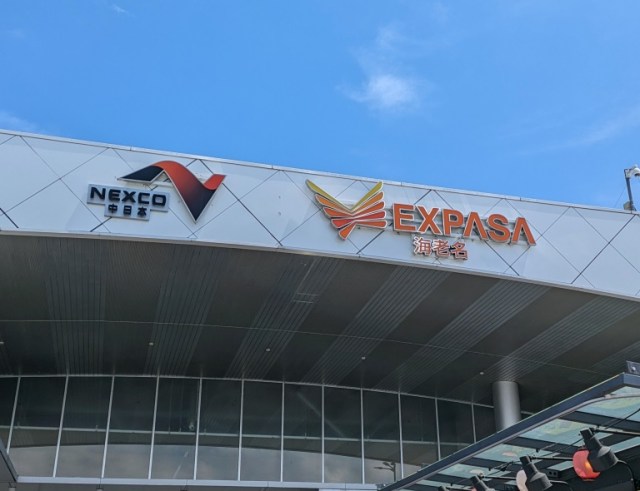
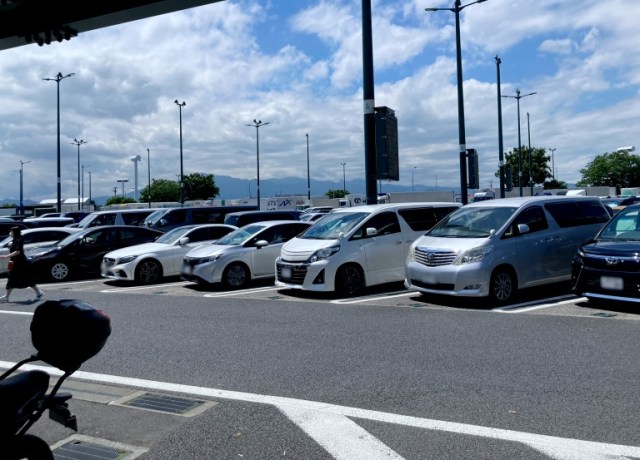
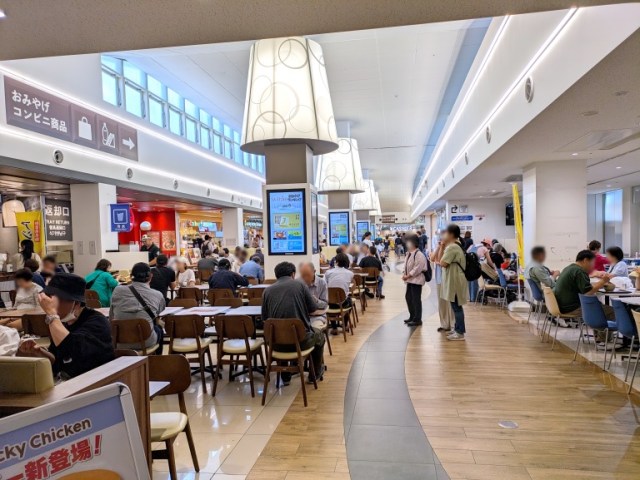
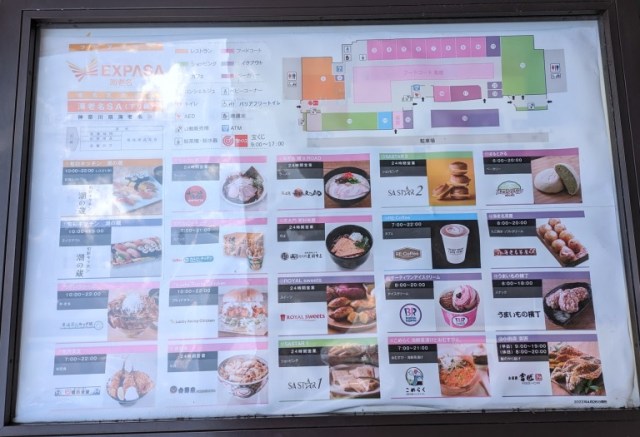
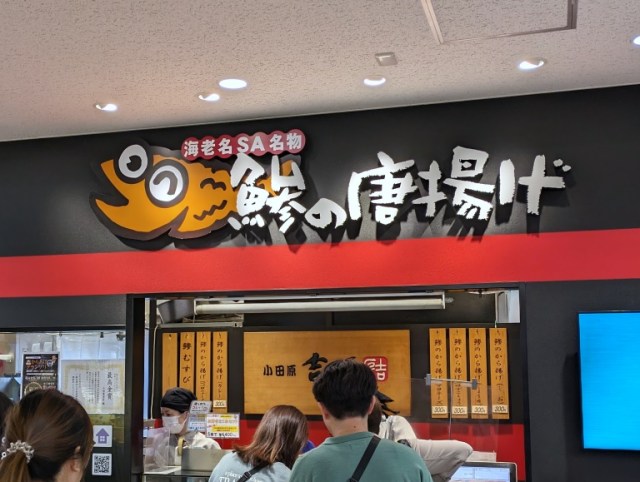
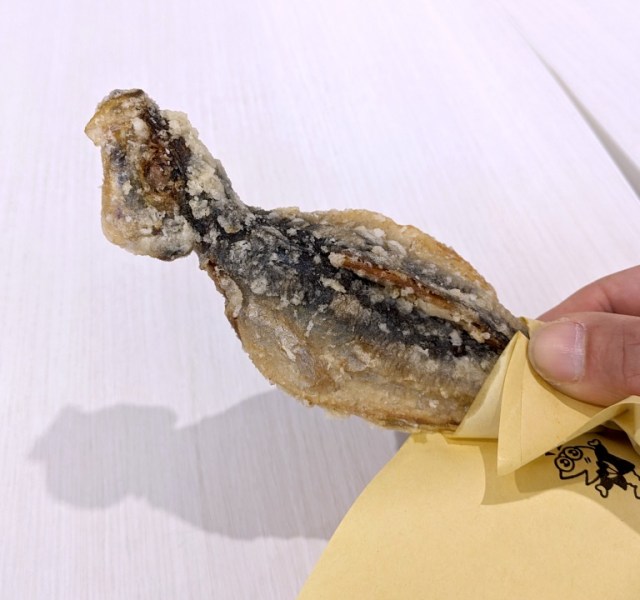

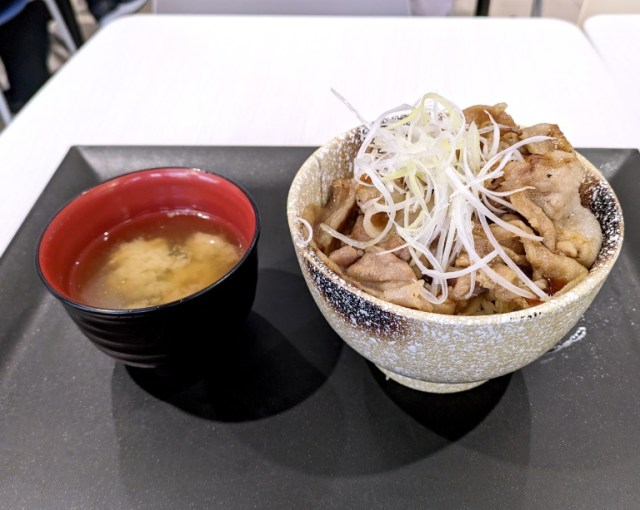

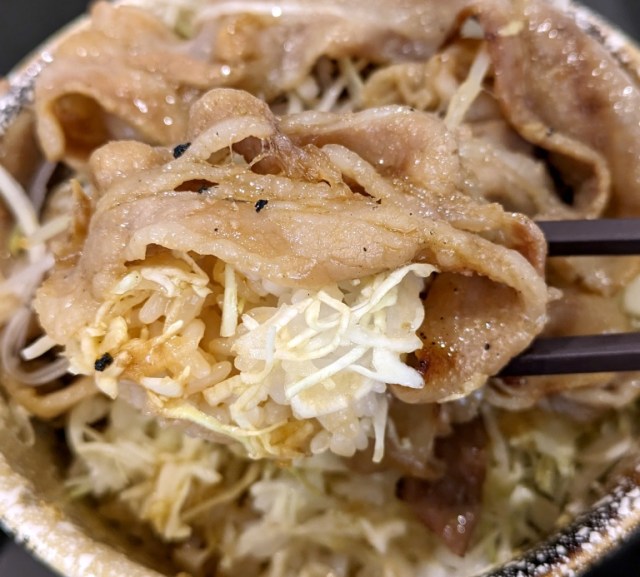
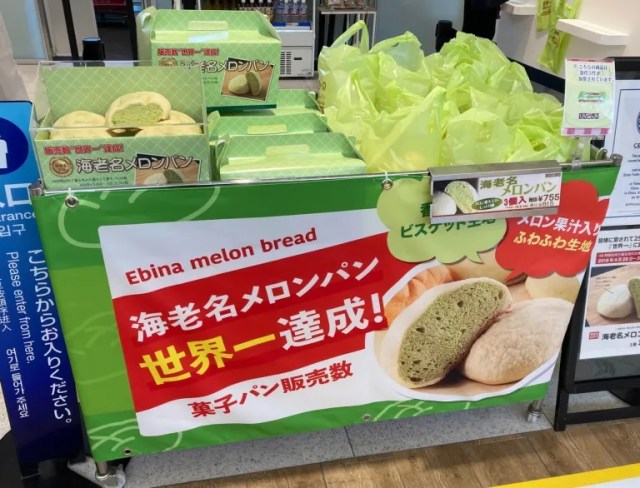
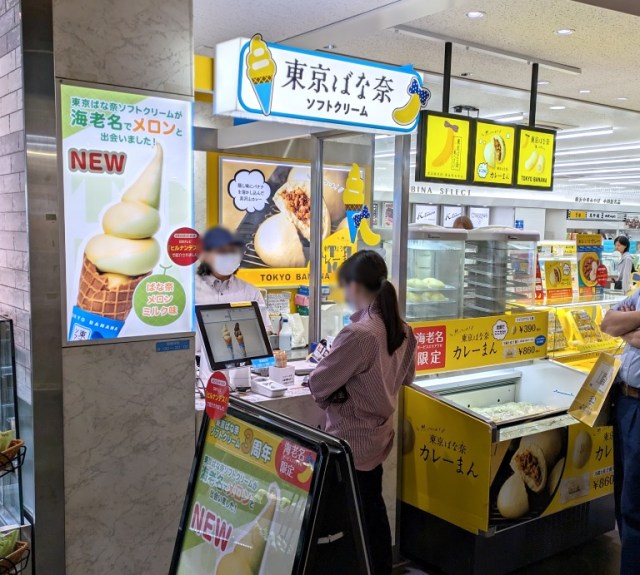
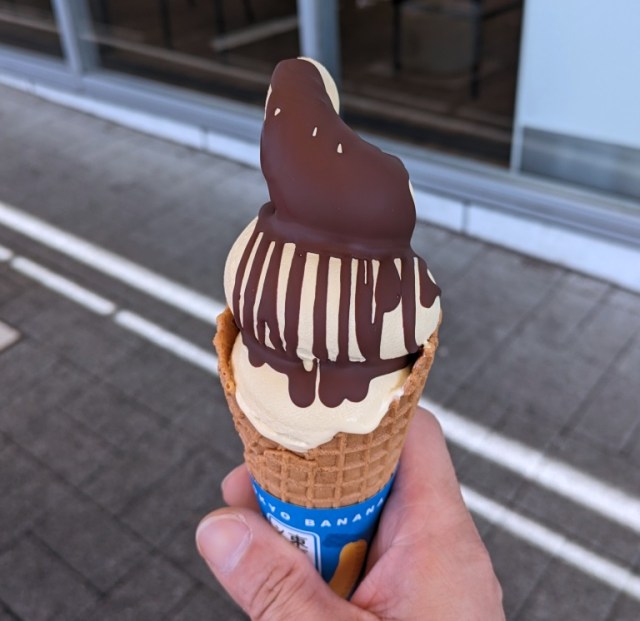
 Japan travel warning: Buses can and will leave you behind at highway rests stops if you’re late
Japan travel warning: Buses can and will leave you behind at highway rests stops if you’re late Godzilla-shaped ice cream on sale in Tokyo near the sight his most adorable rampage
Godzilla-shaped ice cream on sale in Tokyo near the sight his most adorable rampage This overlooked neighborhood east of Tokyo is awesome in many ways, left us with just one regret
This overlooked neighborhood east of Tokyo is awesome in many ways, left us with just one regret Japanese highway rest stop slow-melting ice cream fish dessert: An offer too strange to refuse
Japanese highway rest stop slow-melting ice cream fish dessert: An offer too strange to refuse How far away from Tokyo can you get with 5,000 yen? Let’s find out!
How far away from Tokyo can you get with 5,000 yen? Let’s find out! The Purple Lucky Bag from Village Vanguard is an extra-large waste of money
The Purple Lucky Bag from Village Vanguard is an extra-large waste of money Dragon Quest Burgers and Slime drinks are coming to McDonald’s Japan【Video】
Dragon Quest Burgers and Slime drinks are coming to McDonald’s Japan【Video】 Rakuten randomly offers 58 New Year’s osechi feasts in Japan, but did we get a star or a dud?
Rakuten randomly offers 58 New Year’s osechi feasts in Japan, but did we get a star or a dud? Private booths are coming to Japan’s Shinkansen bullet trains even sooner than we’d thought【Video】
Private booths are coming to Japan’s Shinkansen bullet trains even sooner than we’d thought【Video】 Japanese beef bowl chain Sukiya’s 2026 Smile Box lucky bag basically pays for itself
Japanese beef bowl chain Sukiya’s 2026 Smile Box lucky bag basically pays for itself We Check Into the Cheapest Hotel in Japan, US$6 a Night
We Check Into the Cheapest Hotel in Japan, US$6 a Night New Japanese menstrual product seeks to help women spot unidentified iron deficiencies
New Japanese menstrual product seeks to help women spot unidentified iron deficiencies Japanese thug wear from Birth Japan perfect for those breaking bad next year
Japanese thug wear from Birth Japan perfect for those breaking bad next year Kyoto samurai house wants to share its history of seppuku, torture and gold coins with visitors
Kyoto samurai house wants to share its history of seppuku, torture and gold coins with visitors Giant Clodsire Pokémon plushie comes with up to 32 Woopers in super size, super cute set【Pics】
Giant Clodsire Pokémon plushie comes with up to 32 Woopers in super size, super cute set【Pics】 Starbucks Japan ready to get Year of the Horse started with adorable drinkware and plushies【Pics】
Starbucks Japan ready to get Year of the Horse started with adorable drinkware and plushies【Pics】 Hayao Miyazaki says Happy New Year to Studio Ghibli fans with new art for Year of the Horse
Hayao Miyazaki says Happy New Year to Studio Ghibli fans with new art for Year of the Horse We found possibly the quietest Japanese-style hotel in Tokyo’s bustling Shinjuku district
We found possibly the quietest Japanese-style hotel in Tokyo’s bustling Shinjuku district Cup Noodle tries an authentic Jiro-style ramen, but something’s not quite right
Cup Noodle tries an authentic Jiro-style ramen, but something’s not quite right The best Starbucks Japan Frappuccinos we want to drink again in 2026
The best Starbucks Japan Frappuccinos we want to drink again in 2026 We revisited Sweets Paradise after a decade to see if Japan’s dessert buffet still delivers
We revisited Sweets Paradise after a decade to see if Japan’s dessert buffet still delivers That time Seiji called JASRAC to ask why he didn’t get paid royalties for his song being on TV
That time Seiji called JASRAC to ask why he didn’t get paid royalties for his song being on TV Japan’s oldest largetooth sawfish in captivity back on display in Mie Prefecture
Japan’s oldest largetooth sawfish in captivity back on display in Mie Prefecture Pizza Hut Japan’s hot lucky bags are perfect for a New Year’s pizza party
Pizza Hut Japan’s hot lucky bags are perfect for a New Year’s pizza party 7-Eleven Japan starts new temporary luggage storage service in over 300 branches
7-Eleven Japan starts new temporary luggage storage service in over 300 branches Disillusionment at Tsukiji’s tourist-target prices led us to a great ramen restaurant in Tokyo
Disillusionment at Tsukiji’s tourist-target prices led us to a great ramen restaurant in Tokyo Starbucks teams up with 166-year-old Kyoto doll maker for Year of the Horse decorations【Photos】
Starbucks teams up with 166-year-old Kyoto doll maker for Year of the Horse decorations【Photos】 Tokyo considering law requiring more trash cans following litter increase in heavily touristed area
Tokyo considering law requiring more trash cans following litter increase in heavily touristed area Tokyo’s Tsukiji sushi neighborhood asks tour groups to stay away for the rest of the month
Tokyo’s Tsukiji sushi neighborhood asks tour groups to stay away for the rest of the month Tokyo event lets you travel back in time, for free, to celebrate 100 years since Showa era start
Tokyo event lets you travel back in time, for free, to celebrate 100 years since Showa era start Japan may add Japanese language proficiency, lifestyle classes to permanent foreign resident requirements
Japan may add Japanese language proficiency, lifestyle classes to permanent foreign resident requirements Sanrio theme park in Japan announces plans to expand into a Sanrio resort
Sanrio theme park in Japan announces plans to expand into a Sanrio resort Stamina-destroying “Paralysis Noodles” are Tokyo’s newest over-the-top ramen innovation
Stamina-destroying “Paralysis Noodles” are Tokyo’s newest over-the-top ramen innovation Survey asks foreign tourists what bothered them in Japan, more than half gave same answer
Survey asks foreign tourists what bothered them in Japan, more than half gave same answer Japan’s human washing machines will go on sale to general public, demos to be held in Tokyo
Japan’s human washing machines will go on sale to general public, demos to be held in Tokyo Japan’s deadliest food claims more victims, but why do people keep eating it for New Year’s?
Japan’s deadliest food claims more victims, but why do people keep eating it for New Year’s? We deeply regret going into this tunnel on our walk in the mountains of Japan
We deeply regret going into this tunnel on our walk in the mountains of Japan Studio Ghibli releases Kodama forest spirits from Princess Mononoke to light up your home
Studio Ghibli releases Kodama forest spirits from Princess Mononoke to light up your home Major Japanese hotel chain says reservations via overseas booking sites may not be valid
Major Japanese hotel chain says reservations via overseas booking sites may not be valid Put sesame oil in your coffee? Japanese maker says it’s the best way to start your day【Taste test】
Put sesame oil in your coffee? Japanese maker says it’s the best way to start your day【Taste test】 No more using real katana for tourism activities, Japan’s National Police Agency says
No more using real katana for tourism activities, Japan’s National Police Agency says Starbucks Japan reveals new sakura drinkware collection, inspired by evening cherry blossoms
Starbucks Japan reveals new sakura drinkware collection, inspired by evening cherry blossoms Updated cherry blossom forecast shows extra-long sakura season for Japan this year
Updated cherry blossom forecast shows extra-long sakura season for Japan this year 10 best rest stops in Japan ranked by customer satisfaction for 2018
10 best rest stops in Japan ranked by customer satisfaction for 2018 Legendary Melon Bread by Tokyo Banana returns after 20-year absence【Taste Test】
Legendary Melon Bread by Tokyo Banana returns after 20-year absence【Taste Test】 How to do an overnight bus trip to Tokushima from Tokyo – Part 1【Photos】
How to do an overnight bus trip to Tokushima from Tokyo – Part 1【Photos】 Japanese school east of Tokyo is now a rest stop where you can spend the night【Photos】
Japanese school east of Tokyo is now a rest stop where you can spend the night【Photos】 How to do an overnight bus trip to Tokushima from Tokyo – Part 2【Photos】
How to do an overnight bus trip to Tokushima from Tokyo – Part 2【Photos】 No train, no hotel – How to do an overnight bus trip to Kanazawa from Tokyo – Part 1【Photos】
No train, no hotel – How to do an overnight bus trip to Kanazawa from Tokyo – Part 1【Photos】 How to do an overnight bus trip to Hirosaki from Tokyo – Part 2【Photos】
How to do an overnight bus trip to Hirosaki from Tokyo – Part 2【Photos】 How to do an overnight bus trip to Kanazawa from Tokyo【Photos】 – Part 2
How to do an overnight bus trip to Kanazawa from Tokyo【Photos】 – Part 2 How to do an overnight bus trip to Hirosaki from Tokyo – Part 1【Photos】
How to do an overnight bus trip to Hirosaki from Tokyo – Part 1【Photos】 Japanese toilet thrills motorsports fans at Suzuka F1 racing circuit highway service area【Video】
Japanese toilet thrills motorsports fans at Suzuka F1 racing circuit highway service area【Video】 Does the “World’s best apple pie” in Japan live up to its reputation?
Does the “World’s best apple pie” in Japan live up to its reputation? What is a Butter Manju? We try one from this mega popular Tokyo dessert shop
What is a Butter Manju? We try one from this mega popular Tokyo dessert shop Tokyo has Cold Stone vending machine after ice cream chain leaves city, but is it just as good?
Tokyo has Cold Stone vending machine after ice cream chain leaves city, but is it just as good? An overnight trip on the Sunrise Izumo, Japan’s awesome Tokyo-Shimane sleeper train【Photos】
An overnight trip on the Sunrise Izumo, Japan’s awesome Tokyo-Shimane sleeper train【Photos】 Daily Yamazaki is your one-stop lunch senbero stop! 【Japan’s Best Home Senbero】
Daily Yamazaki is your one-stop lunch senbero stop! 【Japan’s Best Home Senbero】 We get some outside help making a pro drinking meal from 7-Eleven【Japan’s Best Home Senbero】
We get some outside help making a pro drinking meal from 7-Eleven【Japan’s Best Home Senbero】
Leave a Reply